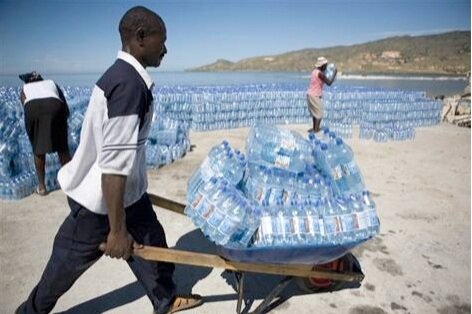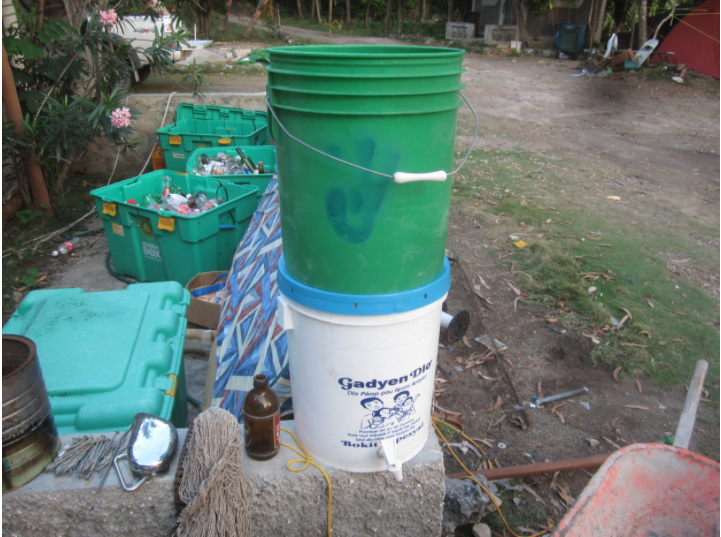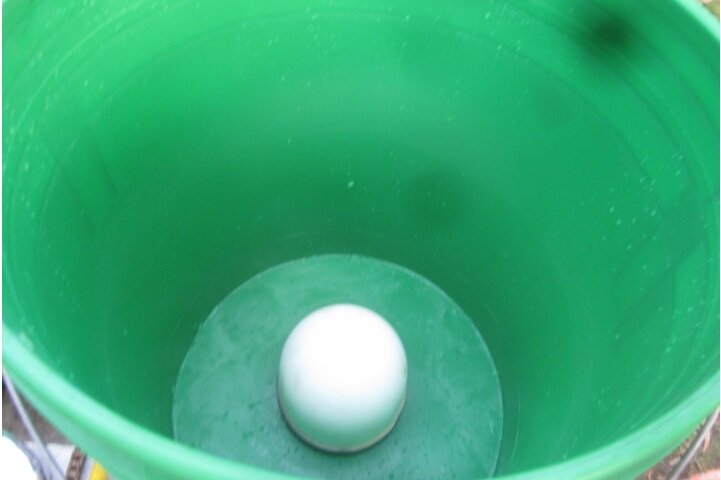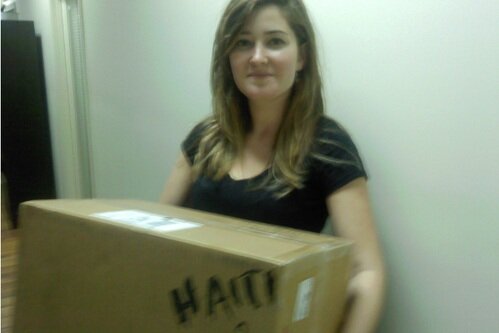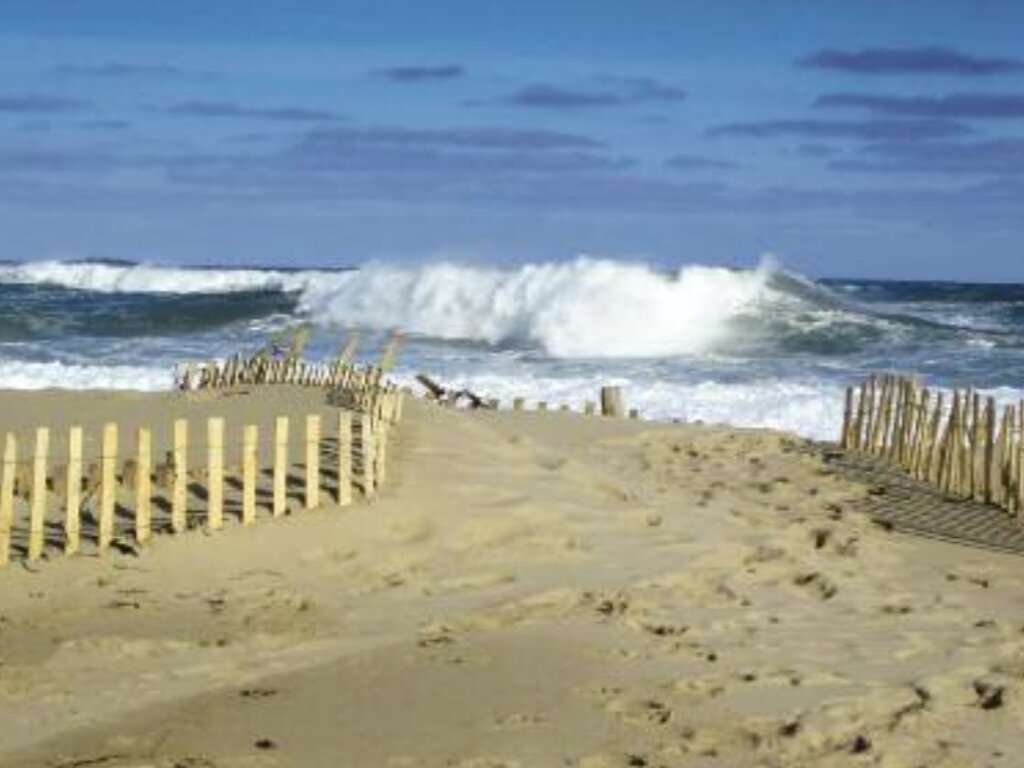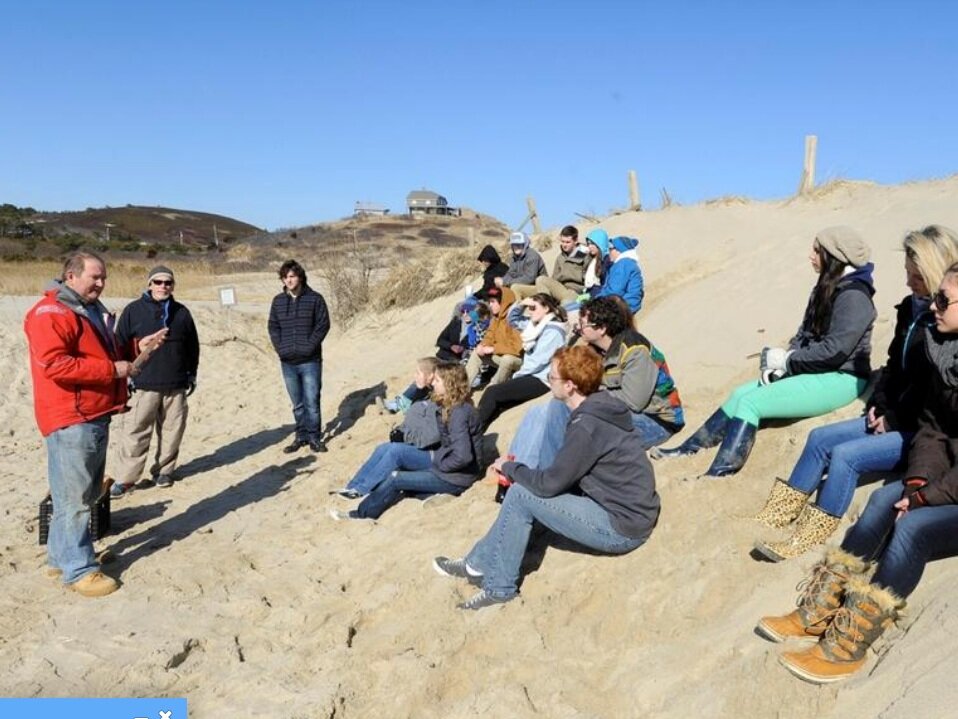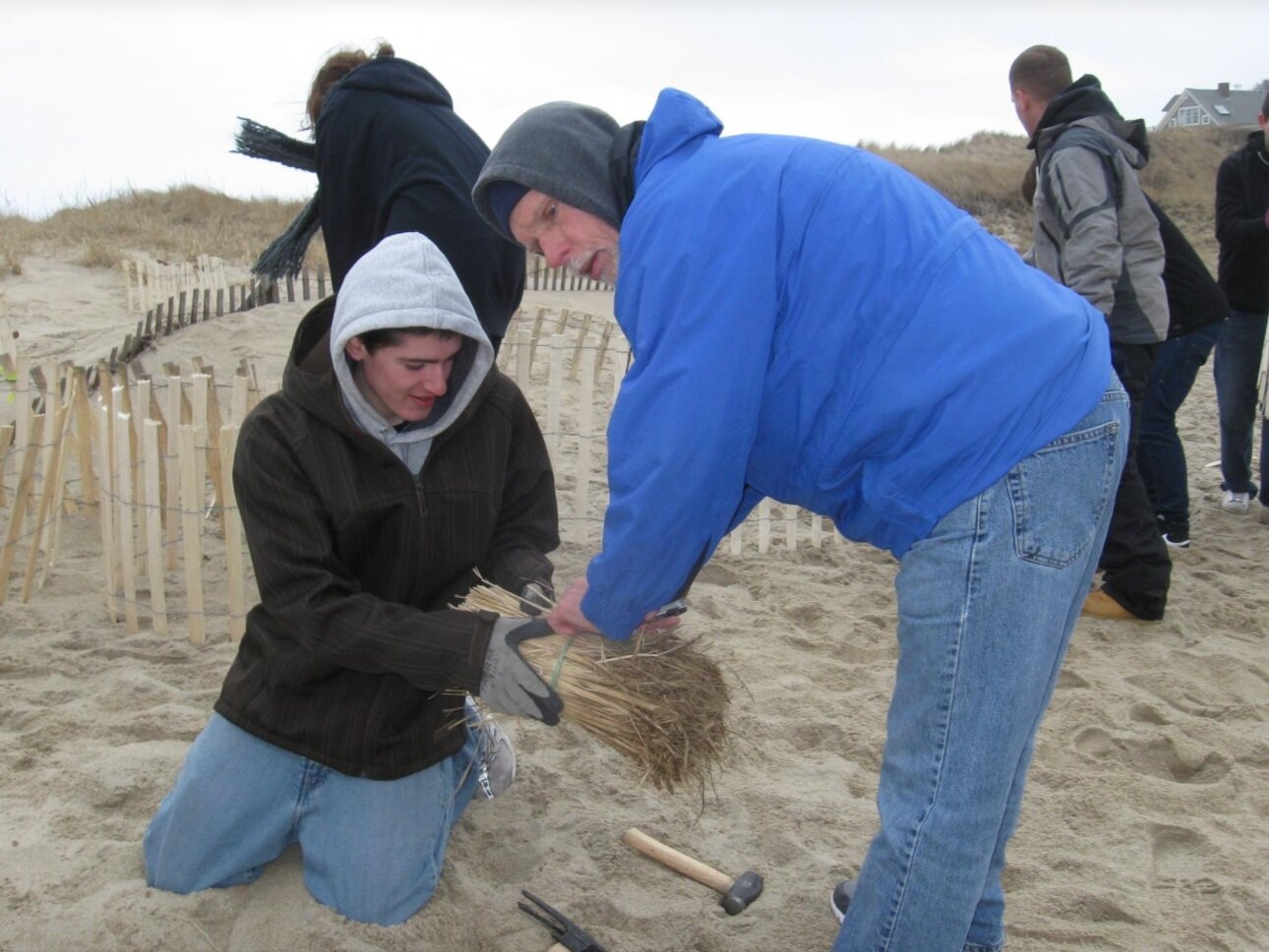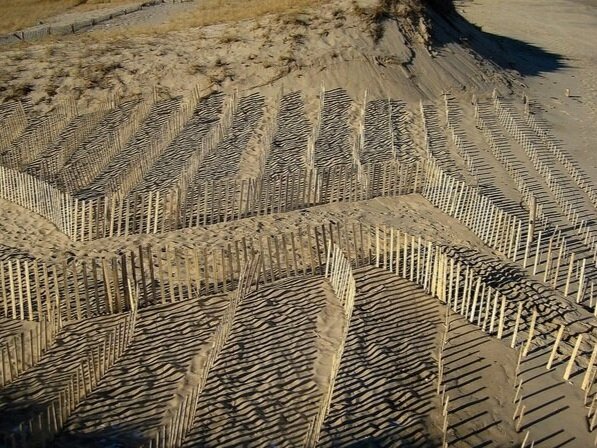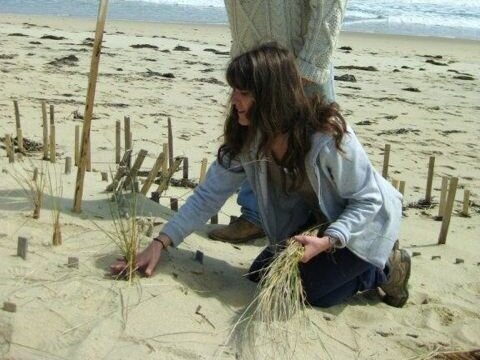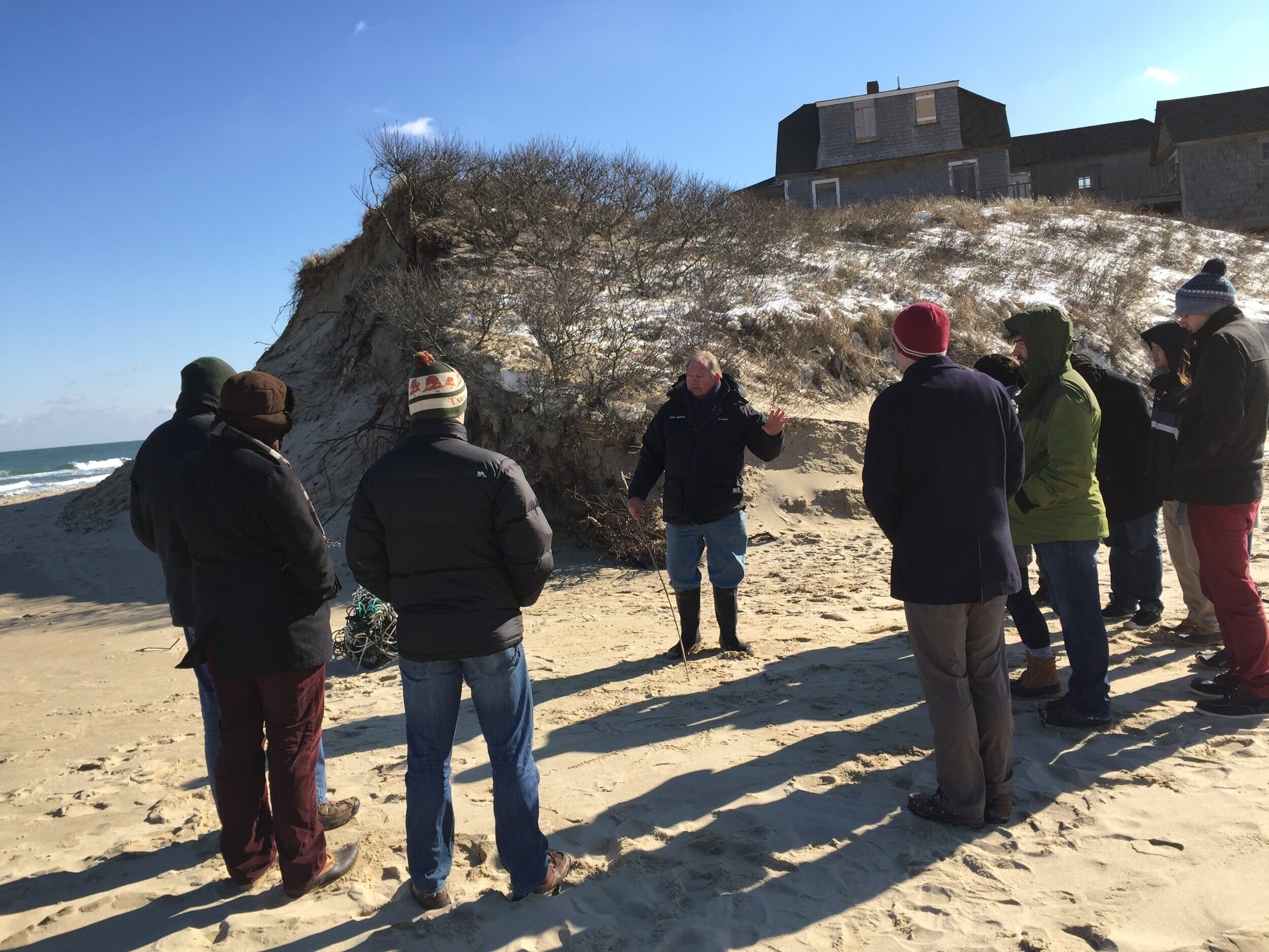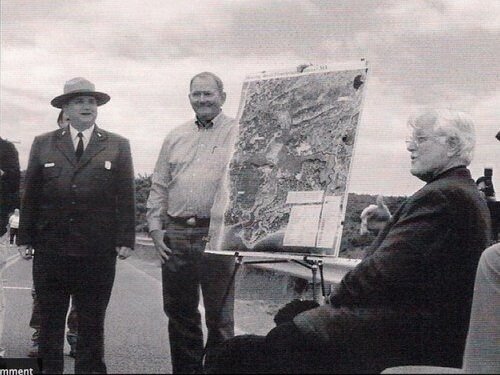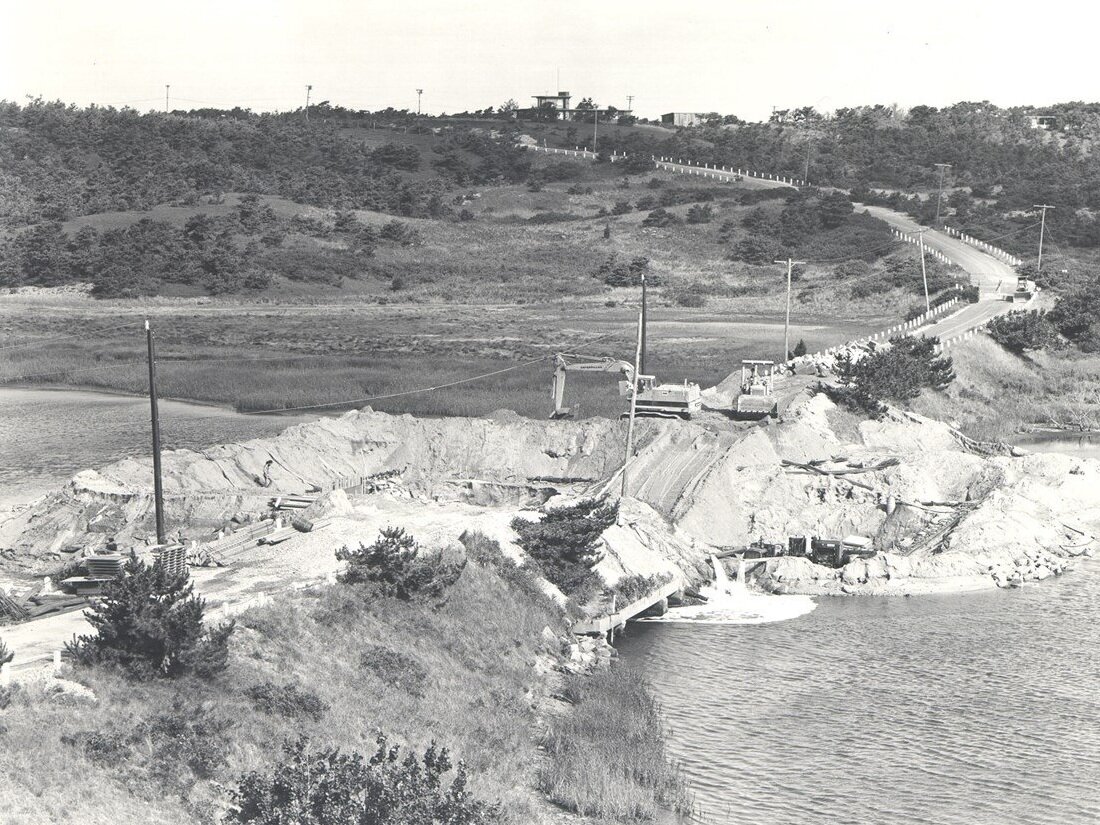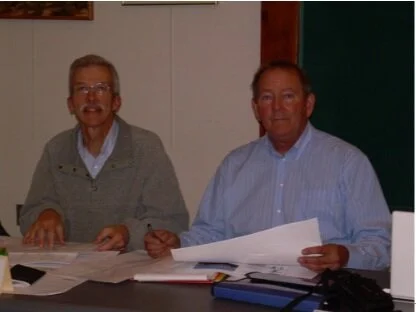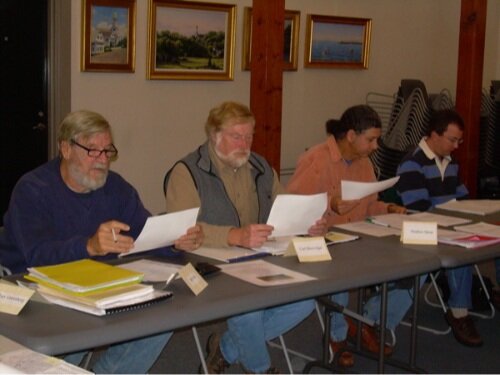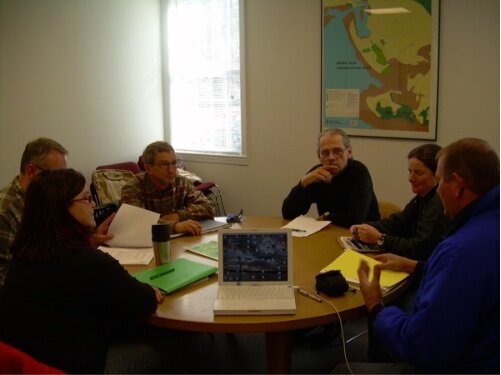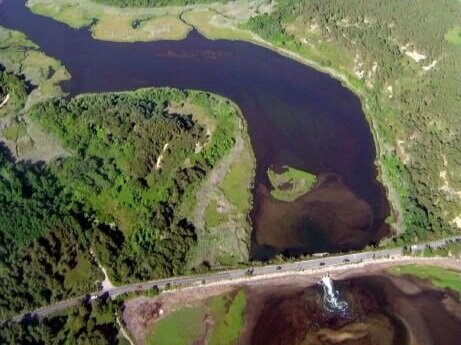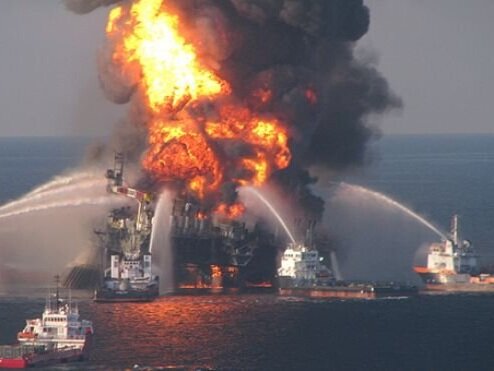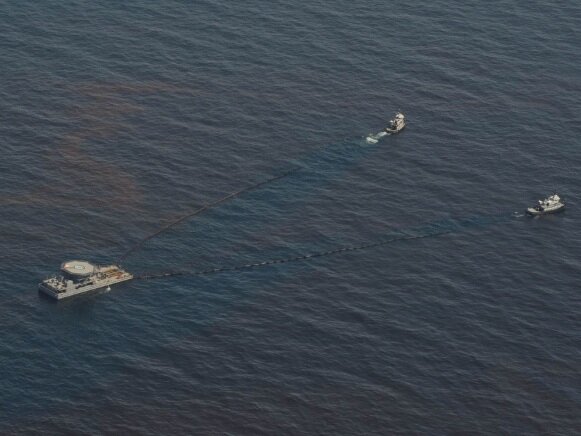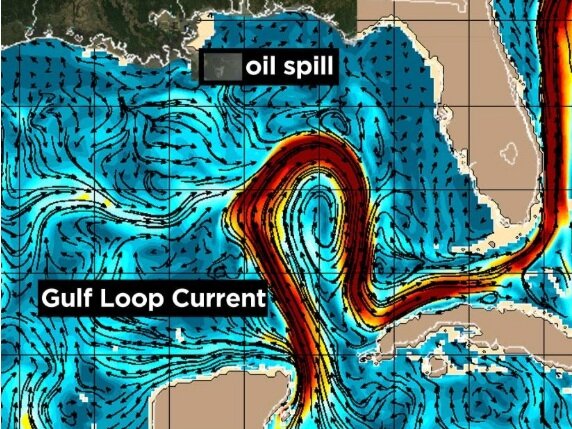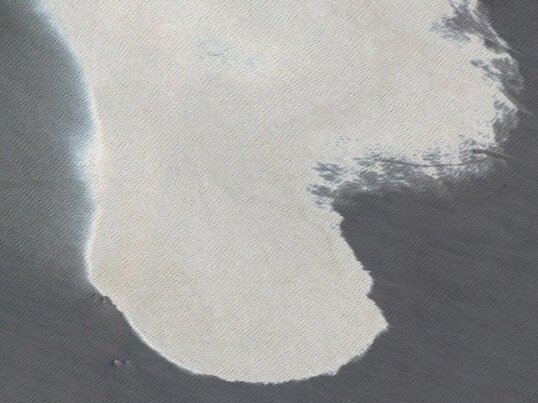The same core values we follow in our professional work are reflected in our support of multiple advocacy projects, on local, national and international levels. We believe that healthy resources and healthy communities, need each other to survive. Advocacy projects can be short term or long term.
See below for advocacy projects that Safe Harbor has conducted in the past
Belle Vue, Haiti
Clean Drinking Water Initiative
Devastating earthquake and hurricanes in Haiti in 2010 left the country without enough clean drinking water. This resulted in an outbreak of cholera, leading to many deaths.
Safe Harbor asked, 'why spend money shipping water to Haiti when we could be sending water filters so they could have their own clean water?
Bottled water is heavy, very expensive to ship, and the empty bottles are creating plastic mountains. People should not be compelled to beg for life giving resources. Will a $20 water filter change the world? Likely not by itself, but if we send enough filters to change a family, school, a church or a village into a more sustainable, safer place to drink water, we may begin attracting attention to a new strategy. Safe Harbor delivered hundreds of innovative nano technology water filtration systems to Belle Vue, Haiti to help local residents make their drinking water safe. This was facilitated by community donation programs coordinated by Safe Harbor.
click for more images
Ballston Beach, Cape Cod
Sand Dune Restoration
When a sand dune in Truro became over-washed, community members were unsure of how to repair the damage and restore their beach. Community members approached Safe Harbor for help. With the aid of students and community volunteers, we were able to implement our innovative biomimicry sand collection system, which uses ocean storm energy to restore dunes, and build up the dune of Ballston Beach once more.
click for more images
Herring River, Cape Cod
Estuary Habitat Restoration
In 1910, a 2,000 acre coastal estuary and river system was diked over. This resulted in significant degradation of habitat value and water quality. After nearly 100 years, a careful restoration plan finally began in 2007. Safe Harbor Environmental Director, Gordon Peabody was chair of the intergovernmental committee tasked with reviewing all existing research and creating a restoration plan. He provided both a plan for restoration, and testimony advocating for the estuary. Safe Harbor workers also contributed to these restoration efforts.
click for more images
Herring River Restoration Project Brochure
Also see: Learning from Australia’s Estuaries
Gulf of Mexico, USA
Oil Spill Recovery System
Spring 2010 will be remembered not only because we witnessed a lifetime, environmental tragedy unfolding in what appeared to be slow motion in the Gulf of Mexico but we were also forced to witness a level of denial, misrepresentation, self protection and poorly represented science. A major environmental resource, held in a public trust, was allowed to fall apart before our eyes.
Following a phone discussion with an engineer from the Gulf of Mexico, who was seeking new ideas for dealing with the overwhelming oil spill, Safe Harbor has developed these innovative, alternative response concepts.
These concepts were developed over a long weekend by an adhoc group, put together by Safe Harbor. Our concept addressed the request for "Alternate Response Technology" but what we really did was to reconfigure all available, existing materials and technologies. Safe Harbor received national acknowledgment for our development of a sustainable oil recovery system which was made public domain.
These concepts reduce worker exposure to carcinogenic raw oil, reduce effort significantly and provide more effective collection. These conceptual sketches were executed by LEED Certified, Sustainable Architect Joy Cuming of Aline Architecture in Orleans, MA.
click for more images
Provincetown Westend Breakwater
Safety Solution
The temptation for inland visitors to perambulate across a mile long rocky breakwater, without understanding tides can be 12 feet high, often results in high water rescue events. These events pose a risk to both trapped and panicked tourists as well as the rescuers, especially in windy conditions.
Safe Harbor believes Education can be a helpful preventative to unnecessary personal risk on this long rocky temptation. The real risk is more than people may be aware of because we have two high and two low tides every day, so the sea level is rising or falling up to 6 inches every fifteen minutes.
We provided two images: one showing Low Tide with endless sand and exposed rocks and the other image showing those same rocks awash with tide. We laminated them and posted them at the entrance to the area. We included a link to find out the time of the tides, which change every day.
Bike Safety
During the height of the summer season on Cape Cod, newspaper reports documented continuing bicycle injuries from vehicles, at night. Safe Harbor purchased some highly reflective, weather proof tape used for life jackets. We sent our interns into Provincetown. They each had pre cut strips of the reflective tape and were instructed to tape every bicycle they say, at no charge. We made over two hundred bikes safer and the local newspaper wrote a story about it.
Whale Entanglement
Lines from fixed gear (Lobster traps) are resident for periods of several days in locations around Cape Cod and elsewhere. It is not unusual for whales to frequent the same areas and when they use their tails while passing near the vertical lines, the lines often wrap around their tails. This results in various problems, often fatal for whales. Our concerns were that if a solution could not be found, Lobstering would be banned. This would financially eviscerate a huge seasonal industry, impacting thousands of people and families, directly and indirectly.
We sought a solution, a simple solution, using natural materials. Gelatin from Irish Sea Moss (Chondrus crispus) and sand. We began by mixing several densities of gelatin with sand and submerging them in salt water to time how long before each mixture would dissolve. The concept was to use the sand gelatin mix as a counterweight to the Lobsterpot line and buoy, holding it on the bottom until it dissolved. The buoy would them float to the surface, where it could be retrieved and the pot could be hauled. Another sand/gelatin counterweight would be attached to the buoy and the process would be repeated. Seaweed gelatin is a historic product and when the gelatin and sand dissolves, there are only natural byproducts.
Plum Island - Newburyport
Biomimicry Consulting
At one of the environmental conferences we attended, we were invited to Meet with the Mayor of Newburyport and her staff to discuss serious coastal erosion issues. Since Newburyport is on a major river, the interactive issues were complicated. We did an assessment of the beaches, the Harbor and the jetties before recommending several suggestions. All of these were welcomed and successful.
Classes We Teach
Safe Harbor offers a wide range of classes. These are often held in Community spaces. Classes include: Coastal Ecology; Sustainability; Coastal erosion and Biomimicry.
Schools and Colleges
We make about 6 guest lectures at the College on Cape Cod, as well as some at the University of Rhode Island. This provides exposure for students to learn about the professional field of environmental work. Opportunities also exist for future Interns to get to know us, and we can take the pulse of students curious about environmental issues.



